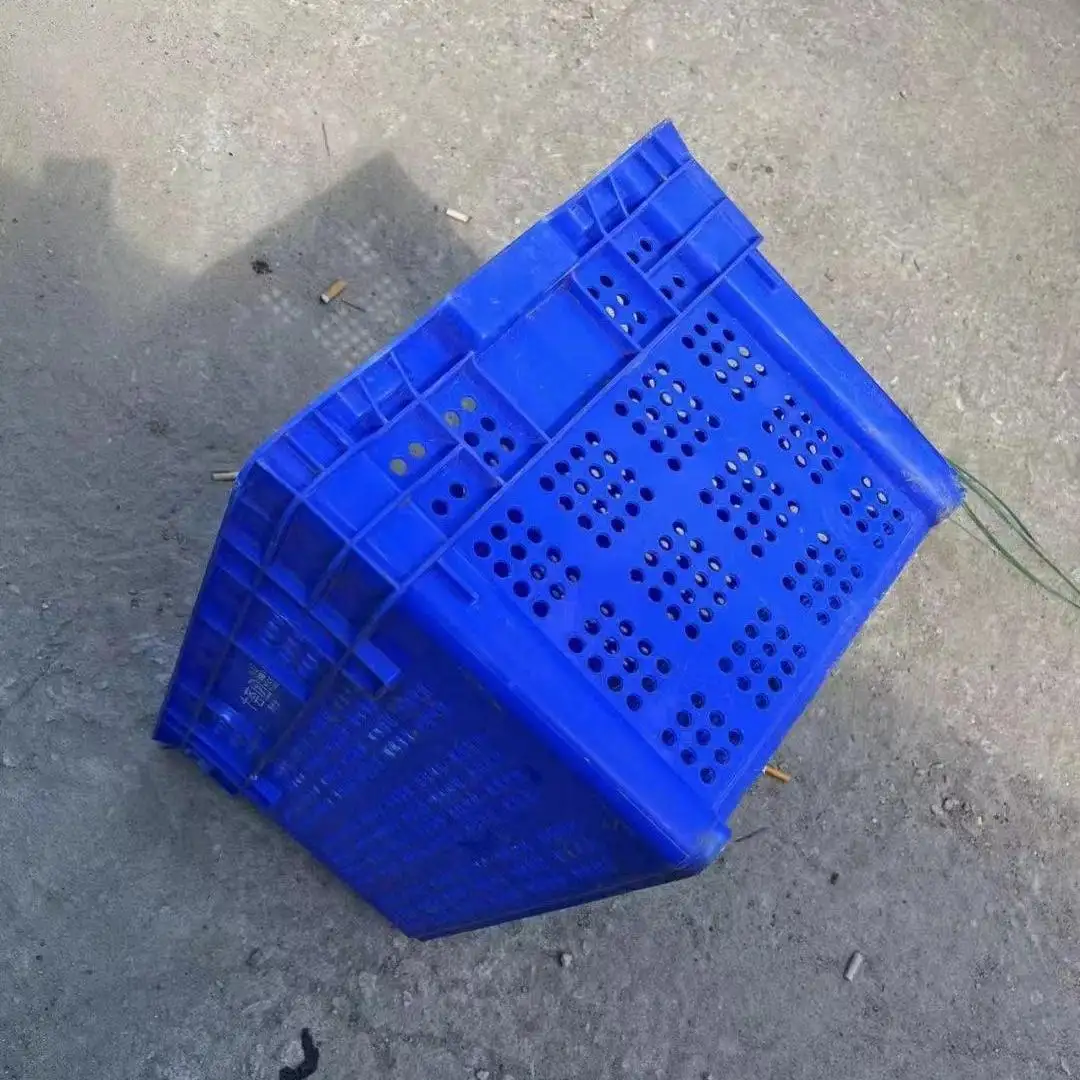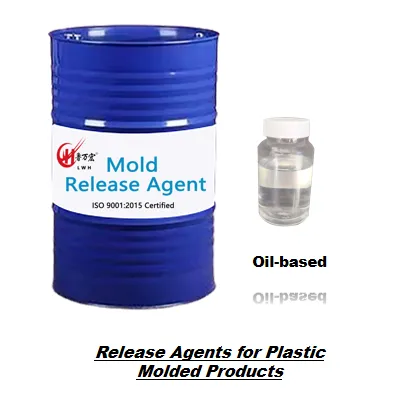Understanding Release Agents for Perfect Epoxy Mold Results
Working with epoxy resin requires precision and the right tools to achieve professional results. Among these essential tools, an epoxy resin release agent plays a crucial role in ensuring your castings come out flawlessly. Whether you're creating jewelry, furniture, or industrial components, selecting the appropriate release agent can make the difference between a perfect piece and a costly mistake.
The success of your epoxy resin projects largely depends on how effectively you can remove your cured pieces from their molds. A quality release agent creates a microscopic barrier between your mold and the epoxy resin, preventing adhesion while maintaining the surface detail and finish of your final product.

Types of Release Agents for Epoxy Applications
Wax-Based Release Agents
Wax-based epoxy resin release agents are among the most traditional options available. These products create a physical barrier by leaving a thin wax film on the mold surface. They excel in providing multiple releases before reapplication is necessary and work particularly well with complex mold geometries.
The application process involves buffing the wax onto the mold surface and allowing it to dry completely. While effective, wax-based agents may require more effort to apply evenly and can build up over time, potentially affecting the surface finish of your castings.
Silicone-Based Release Solutions
Silicone-based release agents have gained popularity due to their ease of use and excellent release properties. These agents form a durable, chemical-resistant barrier that works exceptionally well with epoxy resins. They typically come in spray form, making application quick and uniform.
One significant advantage of silicone-based epoxy resin release agents is their ability to work at various temperatures and their minimal impact on the final surface finish. However, they may require more frequent reapplication compared to wax-based alternatives.
Essential Characteristics of Quality Release Agents
Performance Factors
When evaluating an epoxy resin release agent, several key performance factors should be considered. The release agent must provide consistent results across multiple uses and maintain its effectiveness throughout the curing process. It should also be compatible with different mold materials, including silicone, polyurethane, and metal molds.
The best release agents offer excellent coverage with minimal product use, ensuring cost-effectiveness while maintaining reliable performance. They should also resist breakdown under varying temperature conditions and chemical exposure.
Safety and Environmental Considerations
Modern epoxy resin release agents must balance effectiveness with safety and environmental responsibility. Look for products with low VOC emissions and minimal odor, especially if working in enclosed spaces. Non-toxic formulations are increasingly important, particularly for projects involving food-contact items or children's toys.
Environmental impact extends beyond immediate use - consider how the release agent affects waste disposal and whether it complies with local regulations. Many manufacturers now offer eco-friendly alternatives that maintain high performance while reducing environmental footprint.
Application Techniques and Best Practices
Surface Preparation Methods
Proper surface preparation is crucial for optimal release agent performance. Begin by thoroughly cleaning the mold surface, removing any residue from previous castings. For new molds, consider using a dedicated mold sealer before applying the epoxy resin release agent.
Temperature control during application is essential - most release agents work best when applied to room temperature molds. Allow adequate drying time between coats, and verify complete coverage, paying special attention to detailed areas and corners.
Application Methods and Timing
Different epoxy resin release agents require specific application techniques. Spray formulations should be applied in light, even coats from the recommended distance. Wax-based products need careful buffing to ensure uniform coverage. Multiple thin layers typically perform better than a single thick coat.
Timing between coats and before pouring resin is crucial. Follow manufacturer guidelines precisely, as rushing this process can compromise the release agent's effectiveness. Document successful techniques for consistency in future projects.
Maintenance and Troubleshooting
Regular Maintenance Procedures
Maintaining your molds and release agent system ensures consistent results. Develop a regular cleaning schedule between uses, and inspect molds for signs of release agent buildup. Periodic deep cleaning helps prevent surface quality issues and extends mold life.
Keep detailed records of release agent performance and any issues encountered. This information helps optimize your process and identify when adjustments are needed in your application technique or product selection.
Common Issues and Solutions
Even with careful application, problems can arise when using epoxy resin release agents. Sticking issues might indicate insufficient coverage or premature resin pouring. Surface defects could result from contamination or improper release agent curing.
Address problems promptly to prevent damage to molds or finished pieces. Consider keeping multiple release agent types on hand for different applications, as no single product works perfectly in all situations.
Frequently Asked Questions
How often should I apply release agent to my molds?
The frequency of epoxy resin release agent application depends on several factors, including the type of agent used, mold material, and production volume. Generally, wax-based agents may last several castings, while spray releases might need reapplication for each use. Always test release effectiveness on a small area before full production.
Can I use the same release agent for all types of molds?
While some epoxy resin release agents work well with multiple mold materials, it's best to verify compatibility with your specific mold type. Different materials may require different release agents for optimal results. Always check manufacturer recommendations and test on a small area first.
What should I do if my release agent isn't working effectively?
First, ensure you're following the correct application procedure and allowing proper drying time. Clean the mold thoroughly and reapply the release agent. If problems persist, consider switching to a different type of release agent or consulting with the manufacturer for specific guidance.

